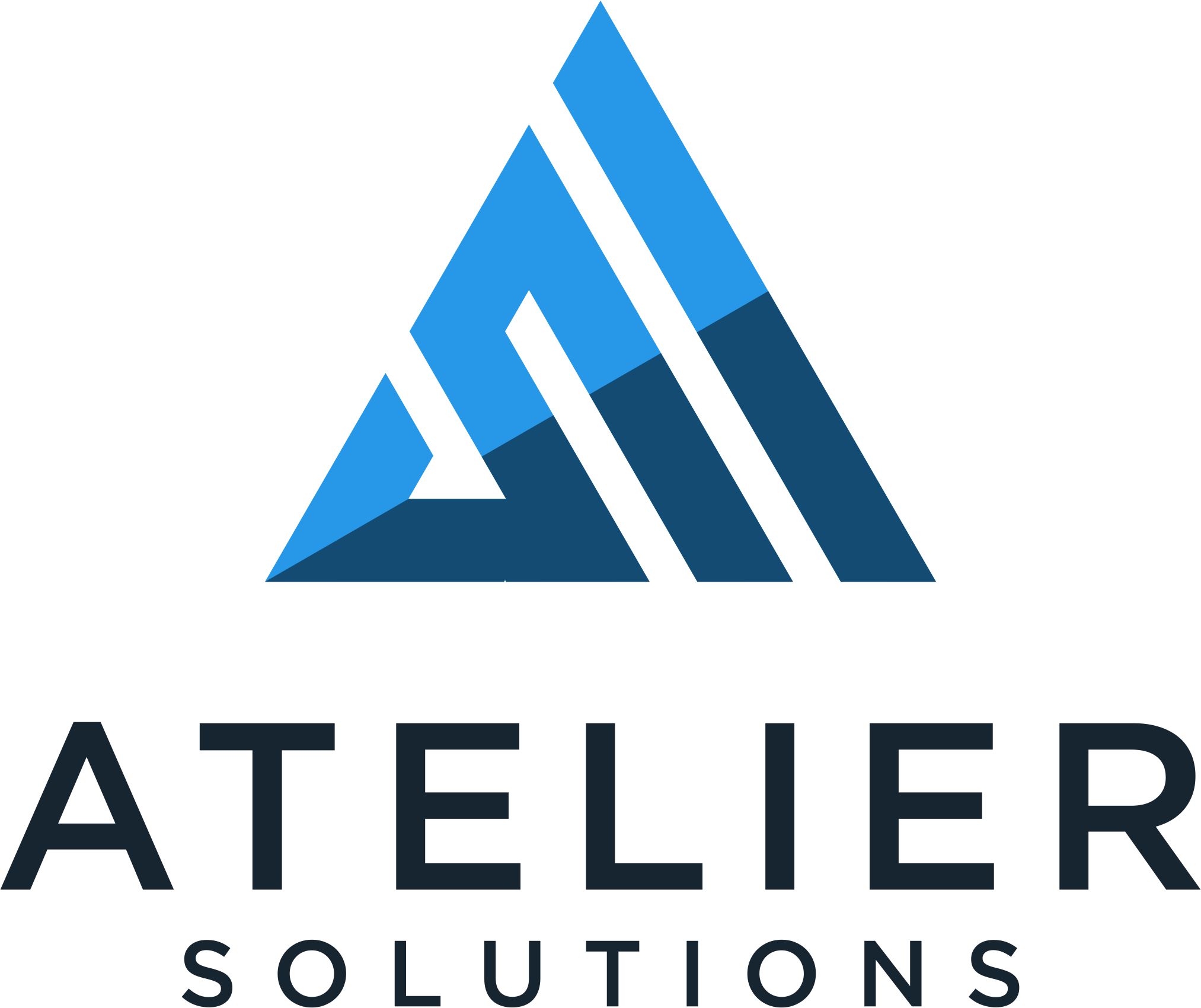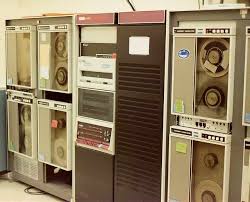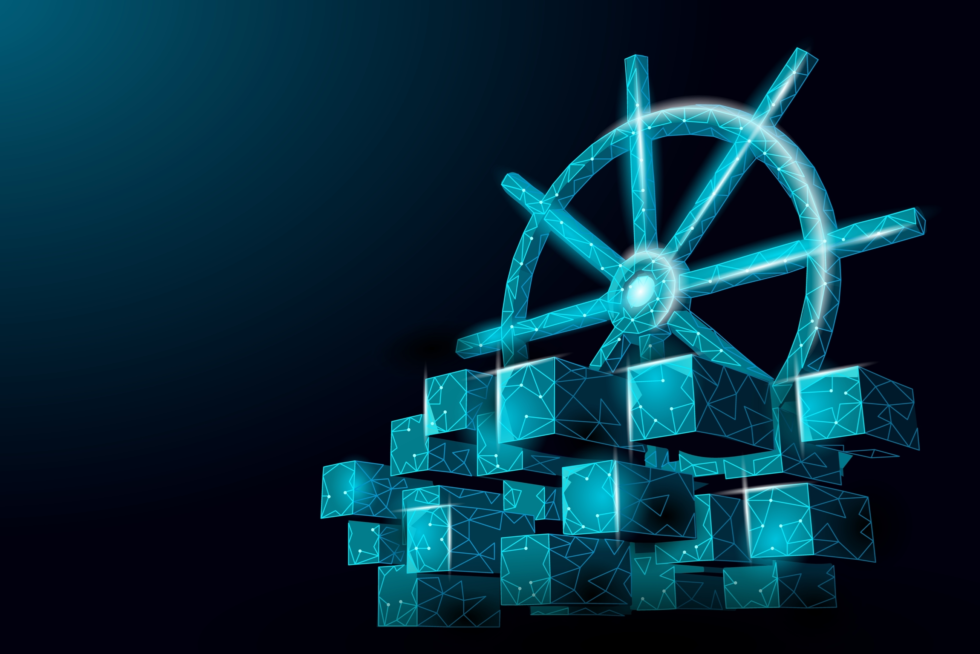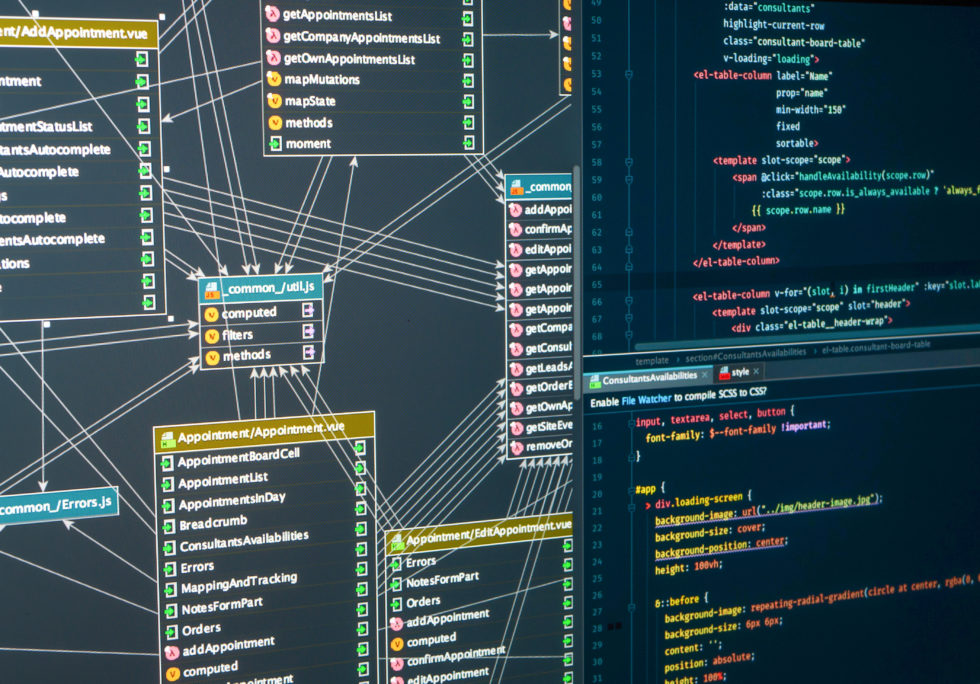I was talking with my client the other day as they were looking to replace their web gateway from the early 2000s with an enterprise version of an open-source alternative. This client had a long-standing relationship with BigCo, but wasn’t really happy with them. My client’s previous attempt to escape for a smaller vendor with a much better offering and …
The Kubernetes Test for Modernization
Coming of age as a programmer around the .com boom of the late 90s and early 2000s, there was one blogger that had a big influence on the developer me, and that was Joel Spolsky of Fog Creek Software. One of his posts went viral and became the cornerstone of what true software development was supposed to be like, called …
Looking for help on Facebook
I’m going to share part of a conversation I had while attending KubeCon last fall. We sapped stories on our experiences with esoteric hardware, but there were two that came to mind. The first looked at a regional bank that happened to have a VAX based system running their daily transactions. There was an issue that required rebooting the system …
Tis the Season to Freeze Changes
There is something to be said for the official start of the holiday season: the feasts, the family and friends, and gifts. Especially in the IT space, there may appear to be a lull, especially if your organization has code freezes in place. For anyone in the IT or engineering part of the org chart, it is anything but quiet. …
Software Is Change
Today I’m going to touch on something that is near and dear to my heart as an engineer, and that is breaking changes at scale. Granted there are industries and armies of consultants dedicated to the concept of change management ranging from ITIL to Agile/Scum. At the core, the focus is on documenting the change request and resulting change. My …
Instead of top reasons to take action, how about why you haven’t?
Everyone has their top 5 or 10 list, especially when it comes to app modernization. A quick Google search reveals a large plethora ranging from platform vendors highlighting their specific products to consultancies highlighting their services. There is nothing wrong with it, but I’m willing to bet this is already on the back of your mind as something that should …
Strangling Your Data
A while ago, I wrote a post looking at different ways to modernize an application while retaining preexisting functionality. One of these techniques is called the strangler patterns which gets its name from the strangler fig. The idea being: In the original post, I highlighted two techniques that can be used to replicate data: one from a web proxy standpoint, …
The Cost of Cloud Paradox
Over the holiday weekend, I stumbled upon a post from Andereessen Horowitz on the Cost of Cloud. The focus is mainly on software-based SaaS companies, but I would argue it applies to more traditional businesses thinking about their own cloud migration story. For SaaS companies, starting in the cloud makes perfect sense, it allows for very fast provisioning of resources …
Do You Have A Time Bomb in Your Data Center Waiting to Go Off?
Every organization has at least one. The black box in the corner, that few understand, and even fewer that want to touch. It hums along for years powering the critical parts of the business. It contains the crown jewels of your enterprise. When it goes down, so does your business, but is it a time bomb waiting to go off? …
Digital Transformation and Talent
Digital Transformation is a hot topic. Prior to the world changing due to the pandemic, it was integrating AI and machine learning assist with automating the risk calculations during policy underwriting or fraud detection when claims are filed. During the pandemic, the focus changed to the user experience for the agents, underwriters, adjusters, and even the customers facilitating remote work …










